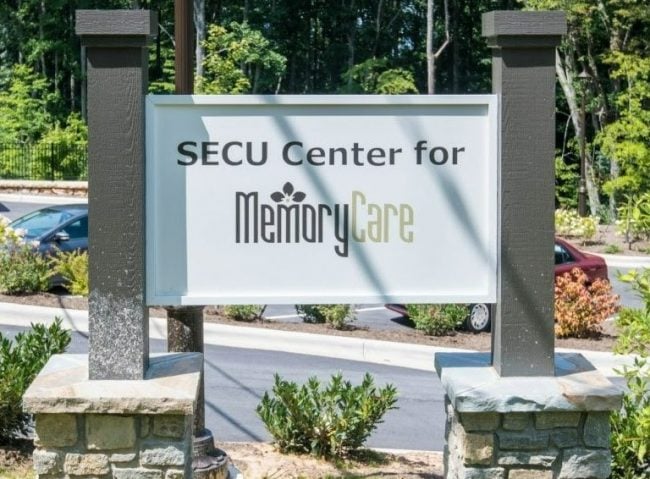SAN ANTONIO - Nearly 200 attendees descended upon the city'sRiverwalk area for the American Credit Union Mortgage Association's2006 Annual Conference March 26-28. ACUMA brings together theshared real estate lending and financing interests of credit unionsand credit union service organizations. Member organizationsinclude federal and state chartered credit unions and CUSOs,mortgage insurance companies, secondary market investors andinvestment banking firms, and technology companies operating in thefield of mortgage banking. Key topics of discussion during thethree-day event were: elevating awareness of and sophistication (asperceived by builders, realtors and the public) of credit unionmortgage lending programs, serving people of "reasonable means"through affordable housing programs, analyzing what the competitionis doing and eliminating mortgage fraud. With only 2% share of themortgage lending market, credit unions looked at some of theircompetitors' television ads and bantered about the feasibility of anational ad campaign with the visibility of a Got Milk? or AFLACduck, and about the prospect of gaining support from credit unionnational trade associations. Lenders also acknowledged the need tostep up communications and alliance building with realtors andhomebuilders. ACUMA leadership said it has plans to exhibit at someof those industries' larger conferences this year. Attendeesexpressed the desire to move the perception of real estate lendingwithin credit unions from a secondary level product to a primarylevel product on the same level with checking accounts (furtherenhancing the prospects of credit unions becoming primary financialinstitutions). Ed Barlow, futurist, explored eight areas ofstructural change in today's fast-paced world that will affect theway people live and work. Each area - change continuum, economic,global, environment, science and technology, demographic,organization and human resources - represents danger or opportunityin real estate lending, depending on how credit unions respond toit, Barlow said. Who is monitoring new dynamics affecting yourbusiness? Barlow recommended that credit unions build in capacityto monitor the changing world on a quarterly basis and updateprocesses every 36 months. Among the items Barlow strongly stressedthat credit unions look at are building the multi-literacy ofstaff, particularly conversational Spanish. "If you have staff notwilling to learn basic conversational Spanish in the next fiveyears, fire them," Barlow said. Secondarily, he urged credit unionsto take steps to train or hire someone in the next five years whospeaks Mandarin Chinese. Barlow also highlighted the graying ofAmerica (and the aging of credit union members). Danger looms inthe threat of a pending borrower shortage, he said. The average ageof credit union members today is 47. More than half (54%) of allmembers fall outside the 25-44 age category generally considered tobe the prime borrowing years, and members age 18-24 approachingtheir prime borrowing years represent just 5% of the total adultcredit union membership. Credit union lenders can find opportunityin meeting baby boomers' existential needs, Barlow said, such asfinancing the retrofitting of homes for aging members' added safetyand comfort. Boomers will wield $2 trillion in buying power by2007, and many have large home equities. Credit unions located inprime retiree relocation states (Florida, Arizona, California,Texas and North Carolina) should consider ways to attract olderborrowers, such as offering retirement planning seminars sponsoredby the real estate lending department. Joe Brancucci, vicepresident of product and delivery channel development at BECU, andpresident of Prime Alliance Solutions in Washington, talked aboutcredit unions preserving their tax-exempt status by maintaining thephilosophy and the principles on which they were founded. Arecredit unions attracting new members? Brancucci believes it's hardfor credit unions to compete on rates in the mortgage markets, butthey can compete by providing affordable housing programs, placesthat begin the process of wealth building for low-incomeindividuals. Brancucci shared successful results of a dilapidatedtrailer park that BECU helped transform into a 62-home Thomas Placelow-income (but not distressed) housing community. The ACUMAconference staged roundtables to discuss such issues as HELOCpayoffs, emerging markets, and marketing of mortgage loans. Eachgroup provided solutions summaries that will post on ACUMA's Website. Regional Credit Union Real Estate Network groups providedupdates on their contributions to increasing mortgage lending intheir respective geographic areas. More than a dozen CURENscurrently exist across the United States. And finally, participantsasked for and received lots of networking time with industry peersand vendors, including a Western-themed reception at the Lone StarPalace Suite overlooking the famed Alamo. -
|Complete your profile to continue reading and get FREE access to CUTimes.com, part of your ALM digital membership.
Your access to unlimited CUTimes.com content isn’t changing.
Once you are an ALM digital member, you’ll receive:
- Critical CUTimes.com information including comprehensive product and service provider listings via the Marketplace Directory, CU Careers, resources from industry leaders, webcasts, and breaking news, analysis and more with our informative Newsletters.
- Exclusive discounts on ALM and CU Times events.
- Access to other award-winning ALM websites including Law.com and GlobeSt.com.
Already have an account? Sign In
© 2024 ALM Global, LLC, All Rights Reserved. Request academic re-use from www.copyright.com. All other uses, submit a request to [email protected]. For more information visit Asset & Logo Licensing.









